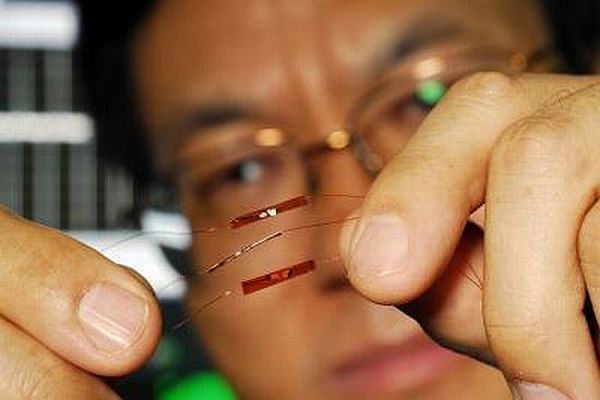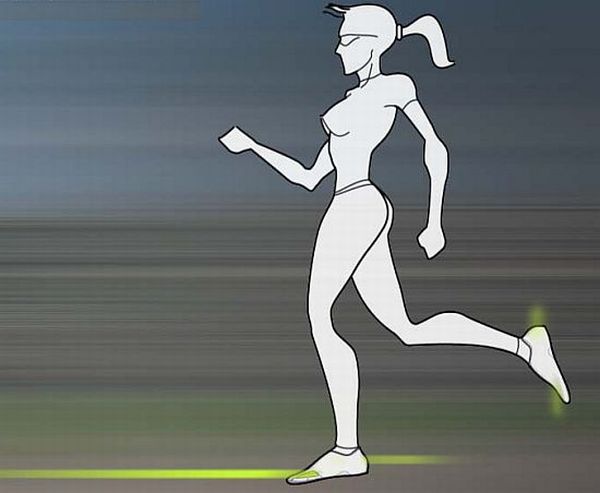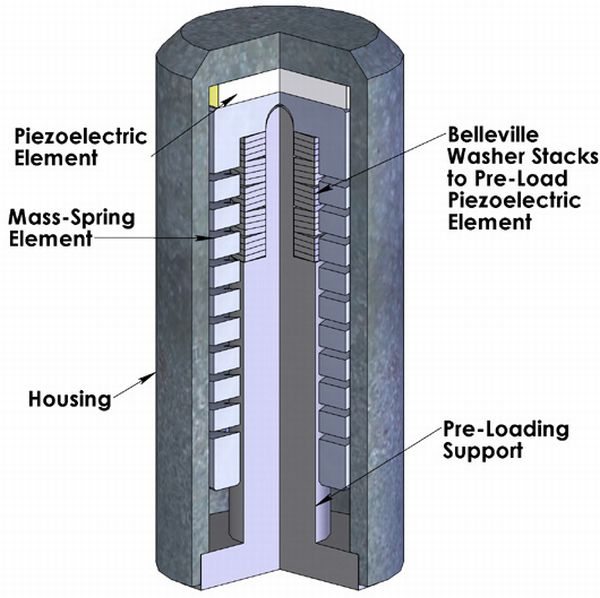
As we know it
Piezoelectric generators are made up of piezoelectric materials, these materials have a natural ability to create electrical potential when compressed, expanded or changed in shape (mechanical change). In other words, piezoelectric effect is nothing but the ability of certain materials to convert the mechanical change into electric charge. This effect works the reverse way too. Putting the charge through the material will also result in change of shape. One of the major use of piezoelectric generators is for energy collection. These generators can collect enough energy to power your personal gadgets and phones.
For example, linear motion can be converted into energy with the help of piezoelectric materials. It works in the same way as replacing your shoe sole with a piezoelectric material. Every time you take a step, the linear motion will be converted into electric charge that can be stored in a battery and then used in your gadgets. This is one of the most useful feature of the piezoelectric generators, thus giving it a bright future scope.
Need for change
Although the future looks bright but the scope for research is high. The piezoelectric generator technology is in its infancy at the moment. These materials are always being blamed for their low efficiency. The energy produced by them is very little to use for the gadgets. But it’s not very far when people want somebody to scream loud enough so that their mobile battery is charged for the day long talking.
Whats Next?
1. Electricity generation from motion with nano scale piezoelectric devices

What’s new?
The very small size piezoelectric generators are made from zinc oxide wires bundled together in flexible plastic. They produce a 45 millivolts of electricity each whenever they are pulled back and forth. Researchers who developed this at Georgia Tech University hope that a group of similar devices can be used to charge sensors and other low power devices.
What difference will it make?
Their small size can also bring a new era of personal gadgets that just have to be moved enough before they can be used. If researchers are able to figure out an eco alternative to plastic being used in these devices, then we are sure that this research will rewrite the future of renewable electricity.
2. Bright Walk illuminates your run on renewable energy

What’s new?
Shoes with various lights are not a new thing in the market but what Alberto has designed is unique because of is power source. Alberto’s new Bright Walk shoes come with piezoelectric generators that harness the energy you generate while walking or running and converts into usable electricity.
What difference will it make?
In Bright Walk lifestyle shoes, the Piezoelectric devices are placed in the sole and generate electricity whenever they are bent or pulled. The electroluminescent polymers produce light under an electric stimulus and brighten without generating much heat. Since they are lightweight, they can be easily be integrated in shoes.
3. Israeli engineers aim to convert highways into renewable energy generators

What’s new?
The vibrations of passing vehicles can be converted into useful energy by placing piezoelectric crystals under the asphalt. Researchers at the Techion-Israel Institute of Technology in Haifa say that crystals can produce up to 400 kilowatts from one kilometer stretch of four-lane highway.
What difference will it make?
This technology will utilize unbelievable source of renewable energy as open highways and passing vehicles will create piezo-electricity.
4. Innowattech develops pads to harvest energy from passing trains

What’s new?
Similar to producing renewable energy from passing cars on highways, the Israel’s Innowattech has now moved to trains with similar product to produce the piezoelectric energy.
What difference will it make?
The company states that areas of railway track that get between 10 and 20 ten-car trains an hour can be used to produce up to 120KWh of renewable electricity per hour, which can be used by the railways or transferred to the grid.




